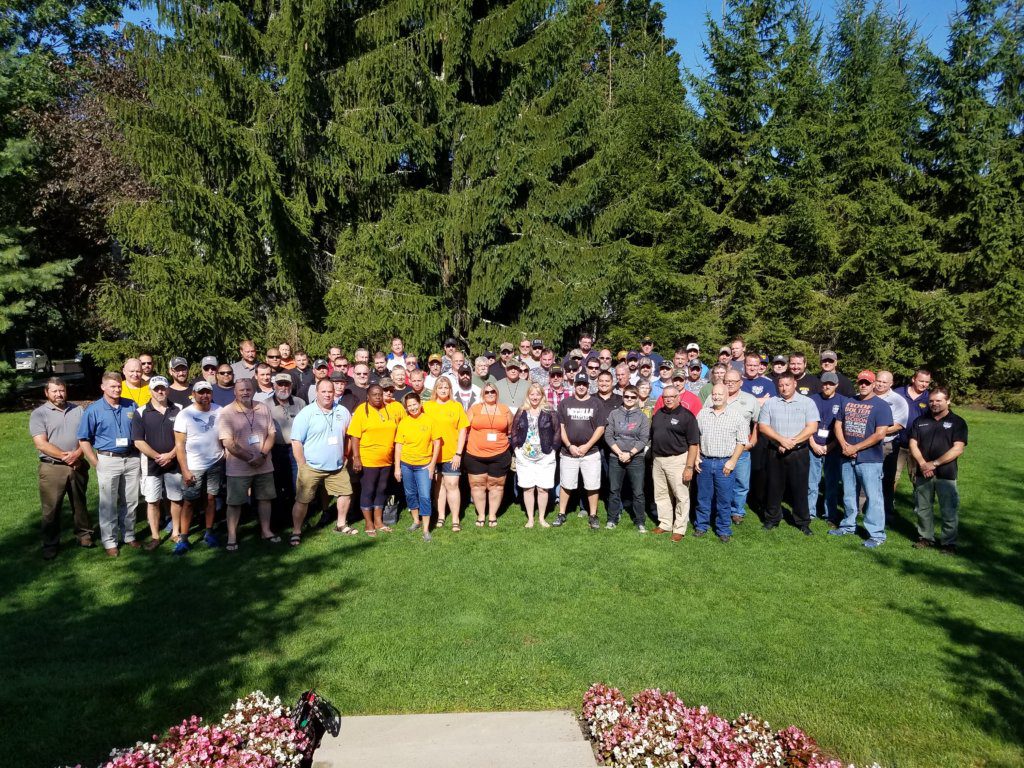Source: Union Plus
Across the nation, there are great monuments to the labor union legacy, and some may even be closer than you realize. Add these sites to your travel itinerary to put a union twist on your summer plans.
Check out this list of union sites around the country!
- Memphis Strike of 1968 Monument — Memphis, TN
This gallery expands the story of the 1968 Memphis sanitation strike. Features exhibits and videos highlighting Rev. James Lawson and T.O. Jones, who courageously waged the battle on behalf of striking sanitation workers.Fun fact:The iconic “I Am a Man” signs held by strikers and the garbage truck from the original exhibition can be found here. - Haymarket Martyrs Memorial — Chicago, IL
On May 4, 1866, what began as a peaceful rally to protest unfair working conditions erupted into violence after a man threw a bomb at police, resulting in injuries and deaths among both protesting workers and police officers. Eight union activists were wrongfully accused, convicted and hanged. This monument is a reminder of the lives lost during the fight for workers rights.Fun fact: Visitors often leave union buttons, flowers and other tokens at the base of the monument. - Pullman National Monument Site — Chicago, IL
Chicago may be most well-known for its blustery weather, but it’s also home to a rich labor history as well. The Pullman National Monument Site honors Chicago’s labor history with a series of monuments, museums and other important landmarks — one of which was the scene of a violent strike in the 1890s.Fun fact: The Pullman District was the first model, planned industrial community in the United States. - Mother Jones Monument — Union Miners’ Cemetery, Mount Olive, IL
This 22-foot granite monument pays tribute to the achievements of Mother Jones, the woman who is credited with co-founding the Industrial Workers of the World labor union and coordinating several major strikes.Fun fact: The Mother Jones monument is also her official burial site. - Ludlow Monument — Ludlow, CO
Colorado is a major mining state, producing everything from gold to coal during its mining history. The United Mine Workers of America (UMWA) erected the monument to honor the victims of the Ludlow, CO massacre, an event in which over 1,000 striking coal miners were attacked by the Colorado National Guard and guards from the Colorado Fuel & Iron Company.Fun fact: Another mining monument, the Victor American Hastings Mine Disaster Monument, is less than two miles away from the Ludlow monument. - Rosie the Riveter WWII National Historical Park — Richmond, CA
It’s no secret that Rosie is one of most recognizable faces of the labor movement. This memorial goes beyond the iconic image to honor all the “Rosies” — working women of WWII and beyond.Fun fact: The Rosie the Riveter Trust (the nonprofit trust behind the Rosie the Riveter WWII Park) operates a free summer camp for at risk youth called Rosie’s Girls. The camp is modeled “after women like Rosie” to help young women gain courage and confidence in their abilities.
Start Your Labor History Travel Adventure
Ready to start your labor history travel adventure? Before you leave town, be sure you’re taking advantage of all the Union Plus travel benefits — including:
- Up to 25% off base rates, plus bonus savings on Avis, Budget, and Hertz rental cars.*
- Information on unionized hotels.
- Savings on tours, events, dining and more while you’re traveling.
- And more!



